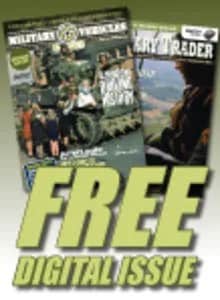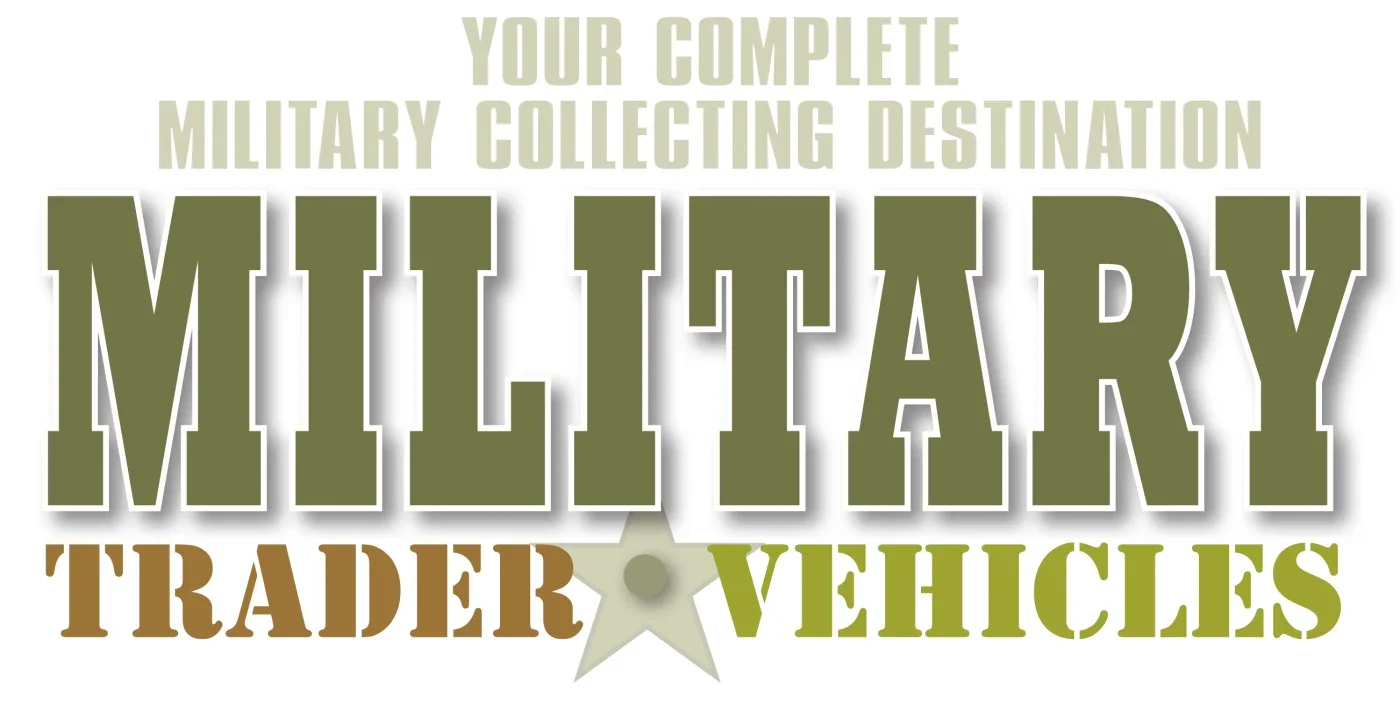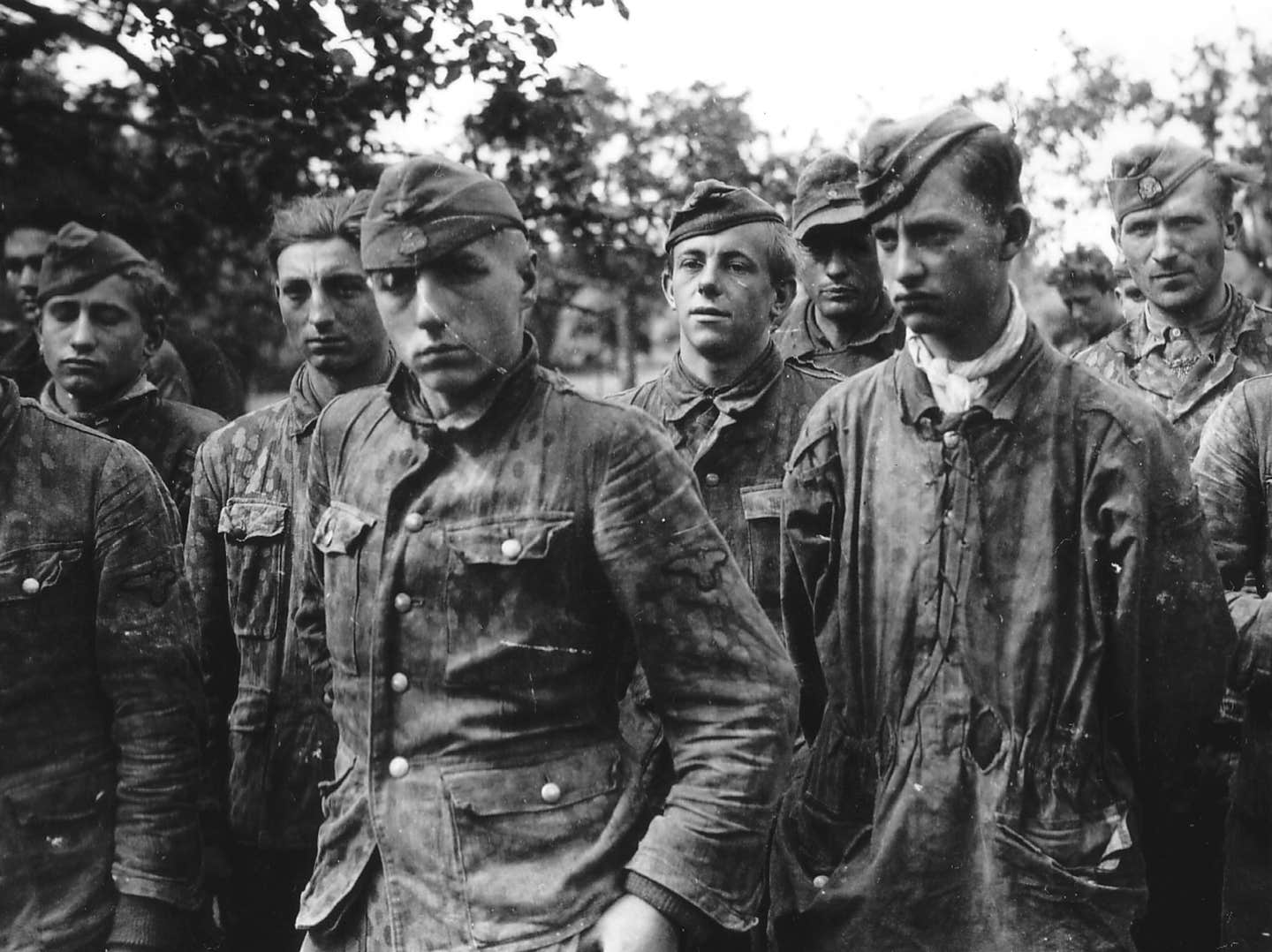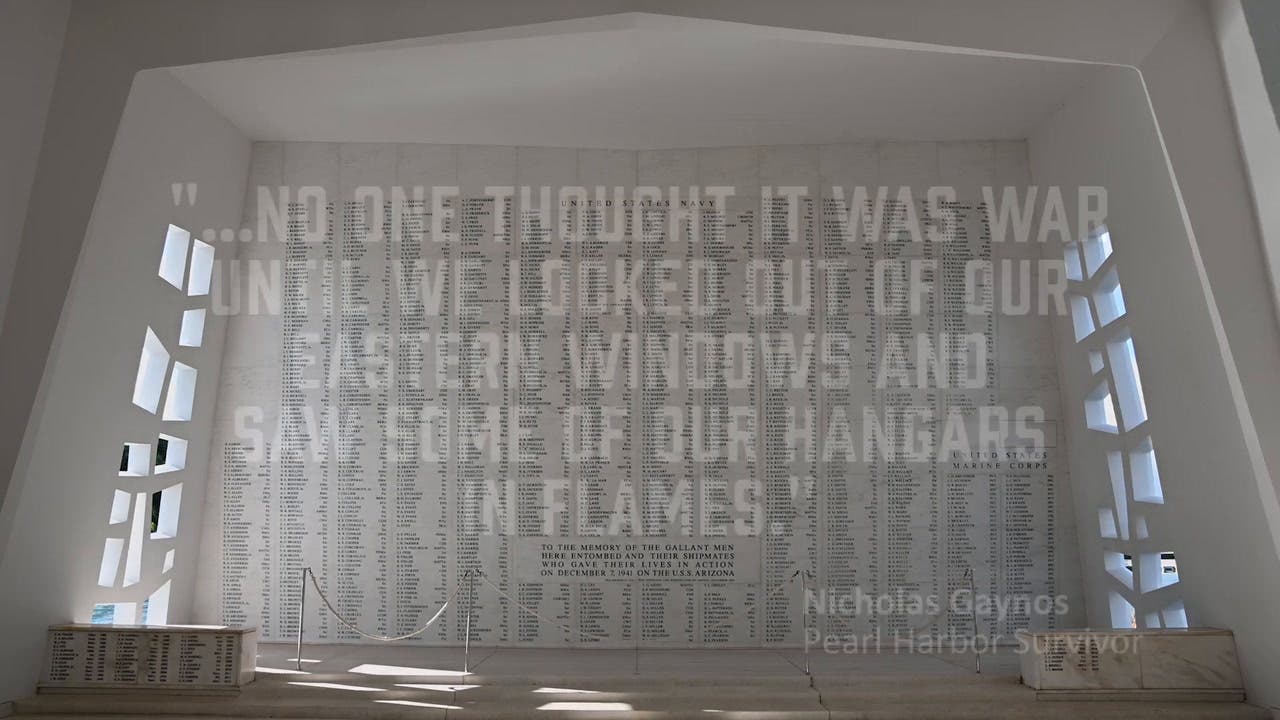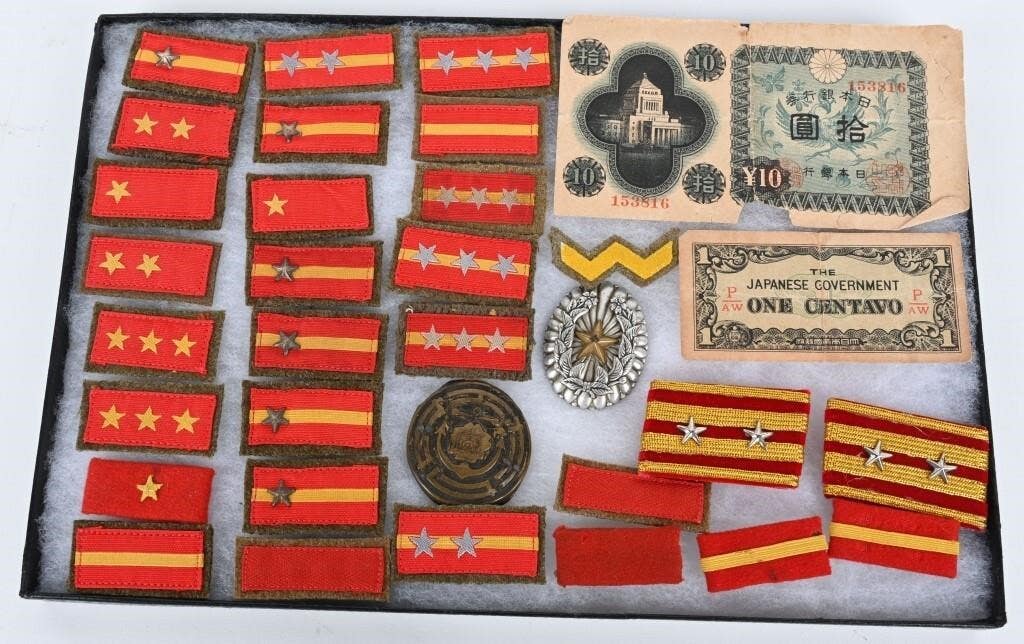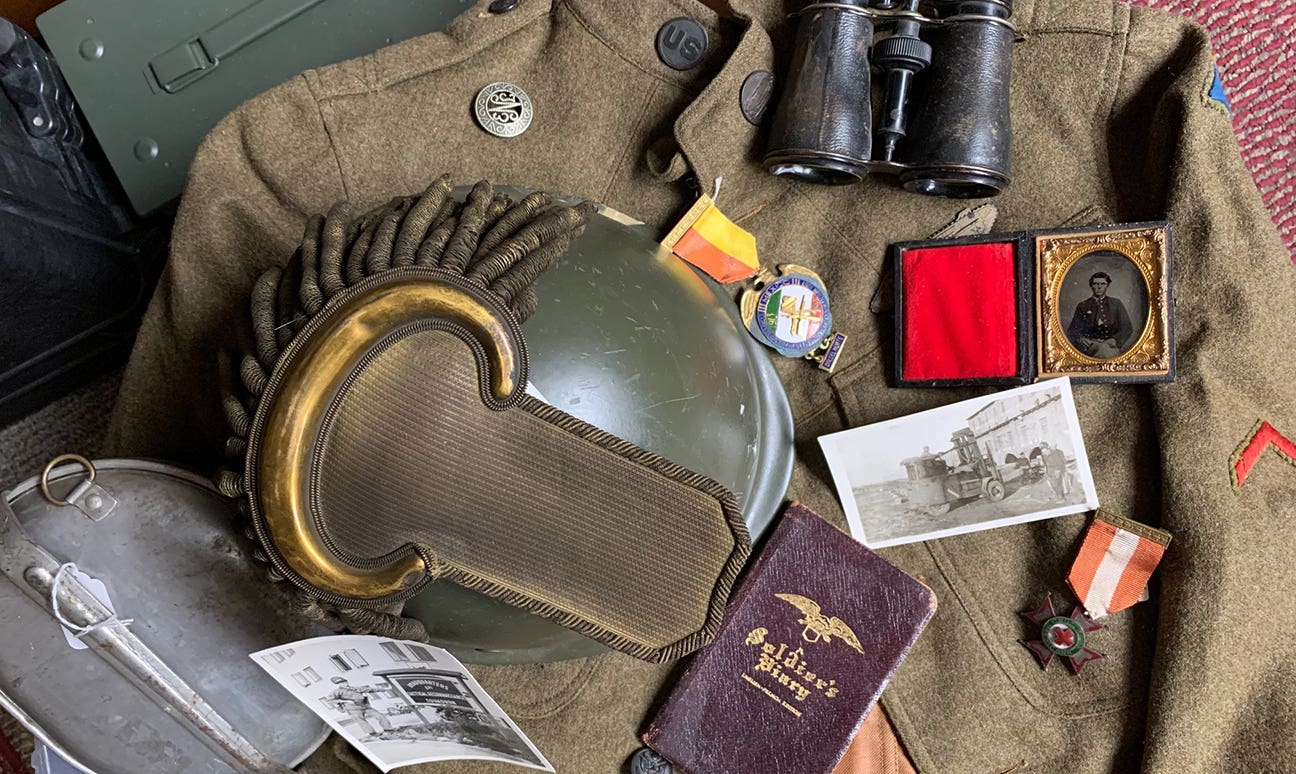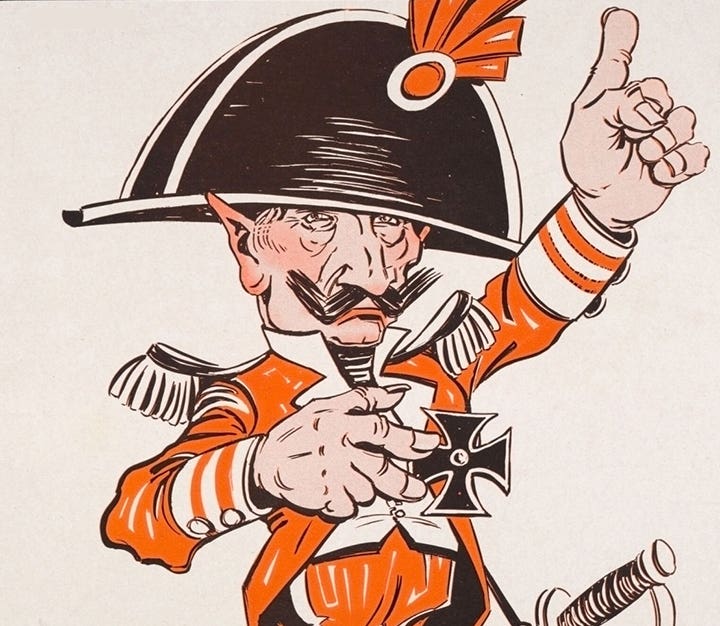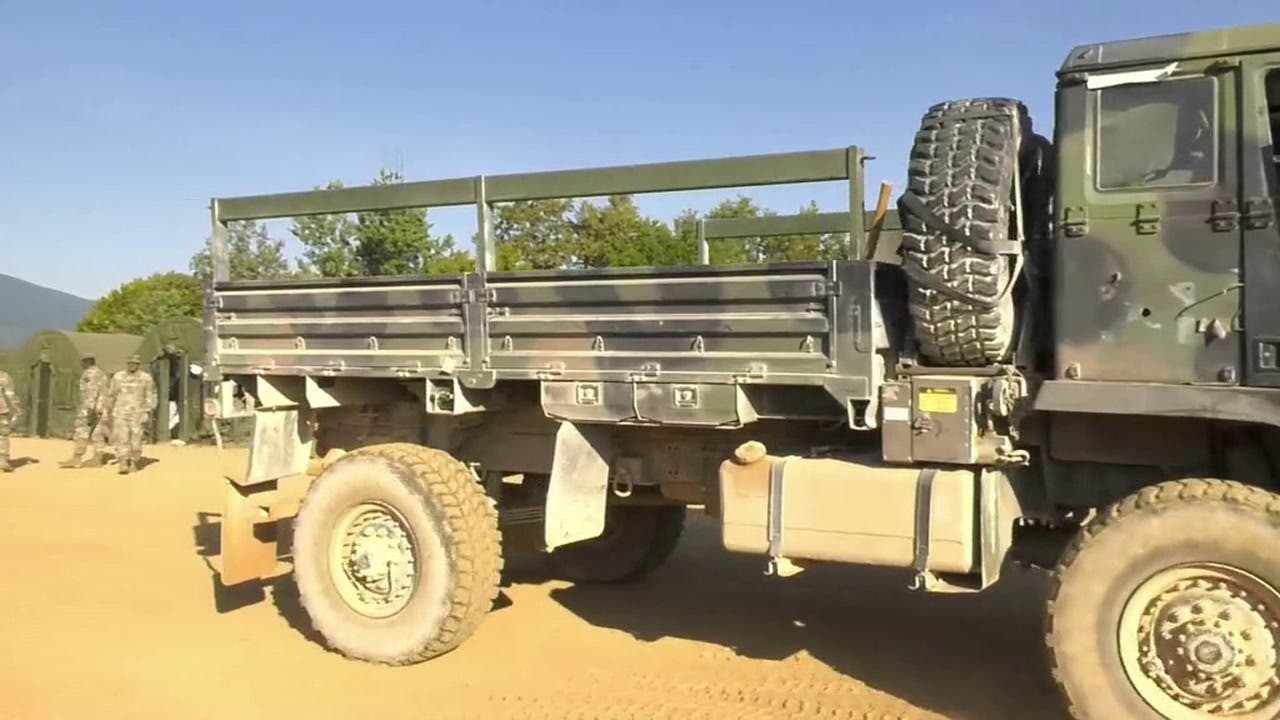Ready on the Left!
READY ON THE LEFT ? READY ON THE RIGHT? Whenever I am in a shooting competition, I become extremely focused. It’s all about me, my breathing, and the straight line…
READY ON THE LEFT ? READY ON THE RIGHT?
Whenever I am in a shooting competition, I become extremely focused. It’s all about me, my breathing, and the straight line between the muzzle of my pistol and the “X” on the target down range. Before we commence firing, however, the line chief makes us become aware of our surroundings: “Ready on the left” makes us look to the shooters on our left. “Ready on the right” forces us to turn and observe those on the right. And finally, “The firing line IS ready” causes each of us to nod and acknowledge that all is in order before the command to commence firing is given.
KNOWING THE SURROUNDINGS
I don’t think being aware of what is going on around me hinders my performance as a shooter. If anything, it helps me understand movements and sounds outside of my direct sight while I focus on my target. “Situational awareness” has made me a better, more controlled shooter.
My Dad probably never used the phrase, “situational awareness.” I suspect that was one of those terms that emerged long after his days on a range. And yet, it was a line of thinking that he practiced in almost everything. While managing the store, he simultaneously participated in the town’s political and social affairs. He always said, “You can’t run a store if you don’t know what is important to your customers.”
So now, I sort of understand how frustrated he would become over my young Civil War obsession. He used to plead with me, “You can’t understand the Civil War if you don’t know what happened before or after the War.” And, when he sent me off to the Public Library on those Friday nights when I was a kid, he would coach me: “One book on the Civil War and one book on something totally different!”
Eventually, this (forced) motivation led me beyond my immediate interest in the Civil War. Pathways opened to me that have included genealogy, philosophy, ornithology, photography, and a host of other interests. It pushed me to live in other nations, try different food, learn different languages, and study political and philosophical views beyond my own.
By the time I was in my 30s, Dad was already in his 70s. I thought he had given up trying to get me to expand my historic view. In retrospect, though, I can see that he remained committed to encouraging me to think outside of the box. He always made sure I always received a subscription to Smithsonian Magazine. When we visited, he showed me the books he was currently reading (which at any one time, could include a history of the Byzantine Empire, exploration of the Amazon, a science fiction novel, or a biography of Monet). He wanted to talk about what articles I was writing, what exhibits I was designing, or about the people whom I had recently interviewed. Dad never asked me about the relics I collected, even though that was what I really wanted to share with him.
I suppose learning wasn’t about “trophies” with him. Learning was about trying to understand the world and people around him, before or yet to come. A helmet, musket, or even a Jeep didn’t mean as much to him as the story about what someone had to give up to wear that helmet, carry that musket, or drive that Jeep.
Though we shared similar interests, Dad forced me to look beyond those interests to understand that studying history was more than just “joining the group,” whether it was an internet forum, reenactment unit, or a military vehicle club. He showed me that good “situational awareness” required me to understand what motivates people outside of my own interests. By listening to others and understanding that they approach their hobbies and passion in ways that aren’t just like mine, I will expand my view as I become a better collector, researcher, and presenter of the historic record.
Join me on this journey to preserve the memory,
John Adams-Graf
Editor, Military Trader and Military Vehicles Magazine
John Adams-Graf ("JAG" to most) is the editor of Military Trader and Military Vehicles Magazine. He has been a military collector for his entire life. The son of a WWII veteran, his writings carry many lessons from the Greatest Generation. JAG has authored several books, including multiple editions of Warman's WWII Collectibles, Civil War Collectibles, and the Standard Catalog of Civil War Firearms. He is a passionate shooter, wood-splitter, kayaker, and WWI AEF Tank Corps collector.
